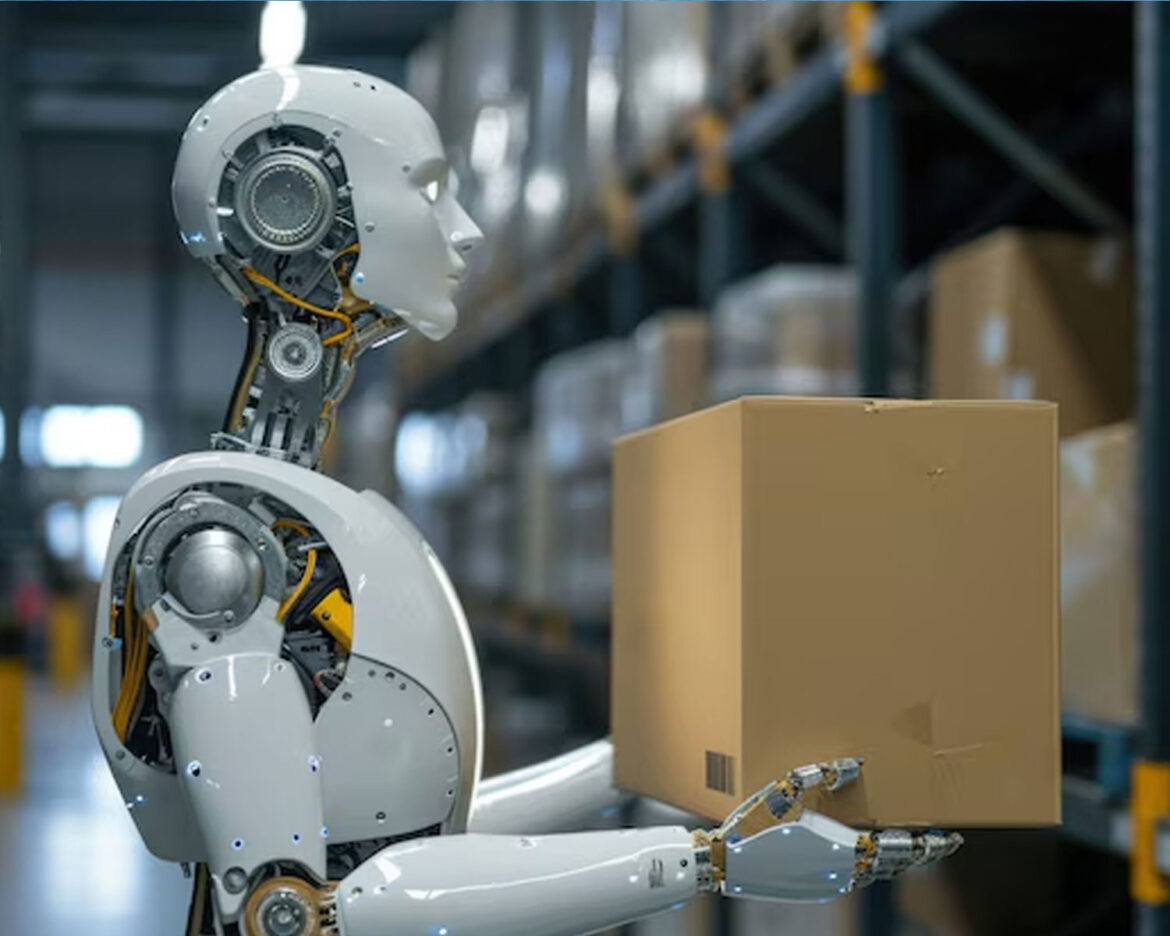Amazon has made waves in the tech and retail sectors by integrating over 750,000 robots into its workforce, effectively displacing more than 100,000 human jobs. This move cements Amazon’s position as the world’s second-largest private employer, with a total workforce of 1.5 million people.
Robots like Sequoia and Digit have been deployed by Amazon to handle repetitive tasks, promising increased operational efficiency and enhanced workplace safety. Despite concerns over job displacement, Amazon highlights the creation of new skilled roles and improved delivery speeds as positive outcomes of this technological overhaul.
The integration of such a vast robotic workforce underscores Amazon’s dedication to cutting-edge innovation and underscores the potential of human-robot collaboration in modern industries. However, it also triggers debates about the future of human labor and raises important questions about the economic impact of automation on employment.
As Amazon continues to lead in technological advancement, the implications of this shift will undoubtedly shape discussions around workforce dynamics and the evolving role of automation in global commerce.



